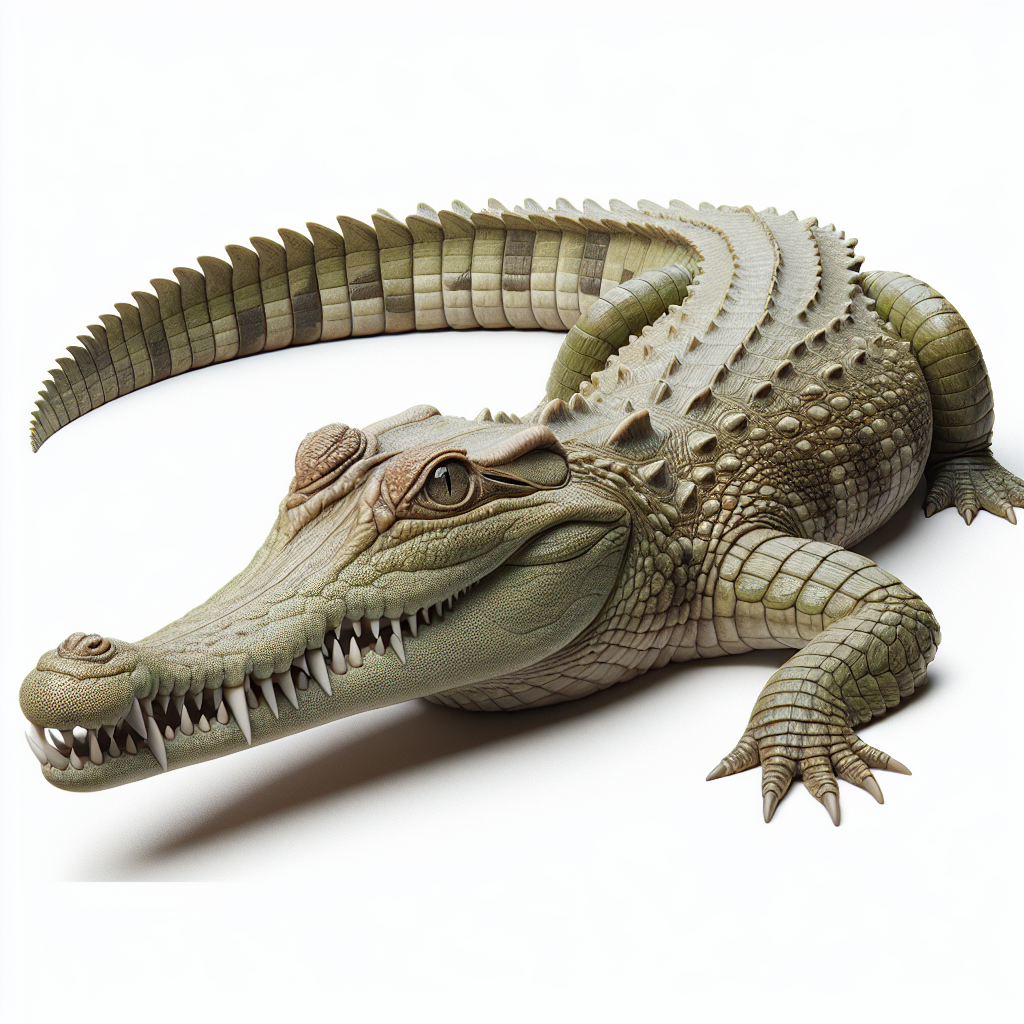Biggest Discovery in Two Decades: 106 Rare Siamese Crocodile Eggs Found in Cambodian Sanctuary
Conservationists in Cambodia discovered 106 Siamese crocodile eggs in Cardamom National Park, marking the largest find in 20 years. Sixty eggs hatched successfully, offering hope for the critically endangered species. The Cambodian government and conservationists are now focusing on habitat restoration to support these reptiles' survival.

Conservationists in Cambodia have made a groundbreaking discovery by finding 106 eggs of the rare Siamese crocodile species in a wildlife sanctuary in western Cambodia. This is the largest such discovery in the past 20 years, offering renewed hope for the survival of one of the world's rarest crocodile species in the wild.
The eggs were found in Cardamom National Park in May, and by the end of June, 60 of them had successfully hatched, according to a joint statement from the ministries of agriculture and environment, along with the conservation group Fauna & Flora.
'This discovery indicates that the area is a key habitat for wild crocodiles, providing hope for the species' recovery,' the statement said.
The young reptiles are currently under the protection of Cardamom National Park Wildlife Sanctuary rangers. The Siamese crocodile was once widespread across Southeast Asia but has been listed as critically endangered by the International Union for Conservation of Nature. By the 1990s, the species had nearly vanished due to poaching, habitat destruction, and crossbreeding with other crocodile species.
Cambodian Environment Minister Eang Sophalleth emphasized ongoing efforts in conservation and habitat restoration. 'The Siamese crocodiles play an important role in the ecosystem, and the discovery of the five nests successfully hatching 60 eggs reflects that the Cardamom National Park is a safe and suitable habitat for this species,' Sophalleth said.
Currently, it is believed that only about 1,000 Siamese crocodiles remain in the wild, with more than 300 of them residing in Cambodia. Past finds, such as six eggs in 2017 and eight hatchlings in 2021, have also contributed to ongoing conservation efforts.
(With inputs from agencies.)










